The amount of .50 caliber machine guns the B-17 had was
enormous which totaled 18 in all. You can see three of the four that
were in the front portion of the plane here. That clear area in the nose
is where the navigator sat which made his job one of the worst because
of his position. For maximum protection, the planes would fly in a three
dimensional formation in which boxes of aircraft were stacked one above
the other to take full advantage of their combined defensive firepower.
|
|
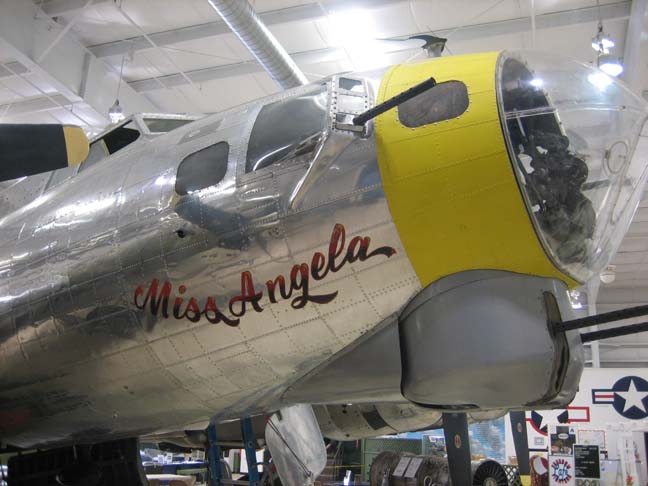 |
The crew consisted of 10 men and most of them were behind
machine guns full time other than the pilot, co-pilot and navigator.
Losses were very high and it wasn't until long range fighter aircraft
capable of escorting the bombers to and from their targets were made
available that losses dropped to an acceptable level.
That open door that you see with people next to it is where you would
enter the aircraft, and for a few bucks you're able to see the inside
which is just what we did. Follow along and let's see what the inside of
a B-17 really looks like and what the men had to deal with.
|
|
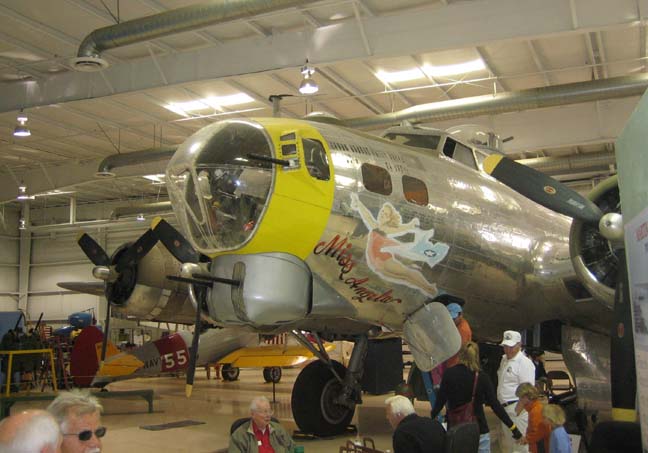 |
As you first poke your head inside the plane, this is what you see if
you looked to your left. What you see here is the navigator station at
the front of the aircraft which would have given him a great view but a
dangerous one. On either side of the navigator are .50 caliber guns with
one man stationed at each one.
|
|
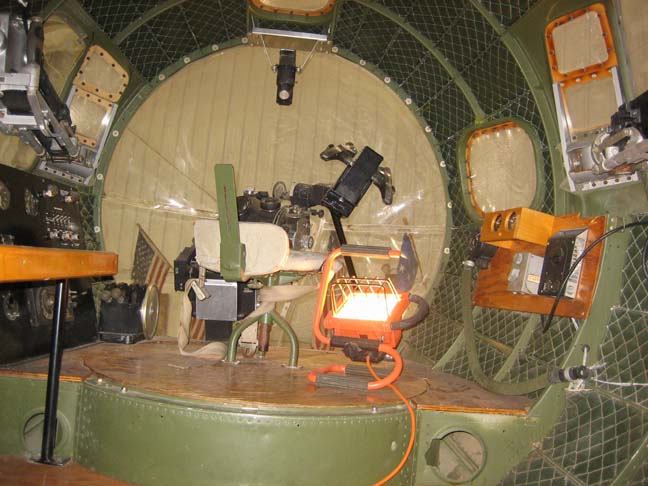 |
To stand up you first have to crawl a few feet which is really small.
When you finally get all the way inside and stand this is what you see,
the business end of the aircraft. As you can tell, there is an
overwhelming amount of gages and switches and just a lot going on. Also
notice to the left as there are even more switches to deal with.
|
|
 |
I couldn't help but notice all of this poor looking diamond patterned
stuff all over the inside. Turns out this is insulation which helped
protect the crew from minus 40 degree temps they would endure while
flying at 29,000 feet. As we were told by our guide, the pilot and
co-pilot would wear mittens in place of gloves as those kept there hands
warmer. With one hole cut for his index finger, this was all the pilot
would need to flip switches now and then but still keeping his hands
warm. You would have to be really tough to handle all of the stress
along with the chilling cold on every mission you flew.
|
|
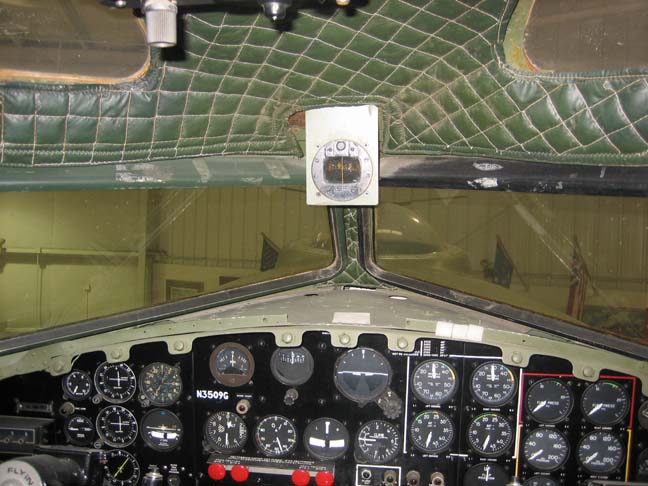 |
The next thing I saw as I turned around was the dorsal turret. This
should give you a good idea what the gunners view was like as he looked
down those two Browning .50 caliber machine guns. This turret was able
to turn 360 degrees and the guy would be suspended by a kind of belt
that he would sit on. Do you think it got a little noisy right here?
|
|
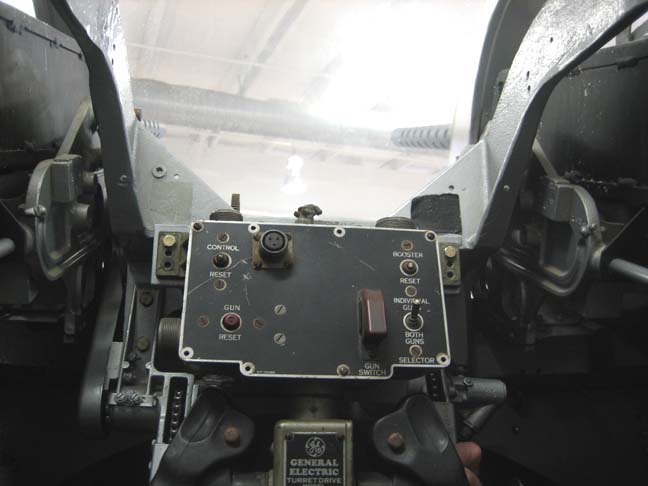 |
|
As I turned to my right I could see out the side
window which would have been a great view I'm sure, but not if you had
enemy planes shooting at you.
|
|
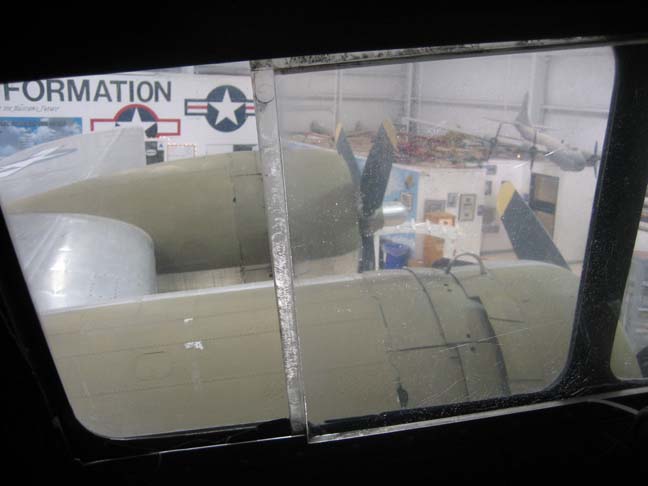
|
|
1
2
3
4
5
6
7
8
9
10
11
12
13
14
15
16
17
18
19
20
21
22
23
24
25 |